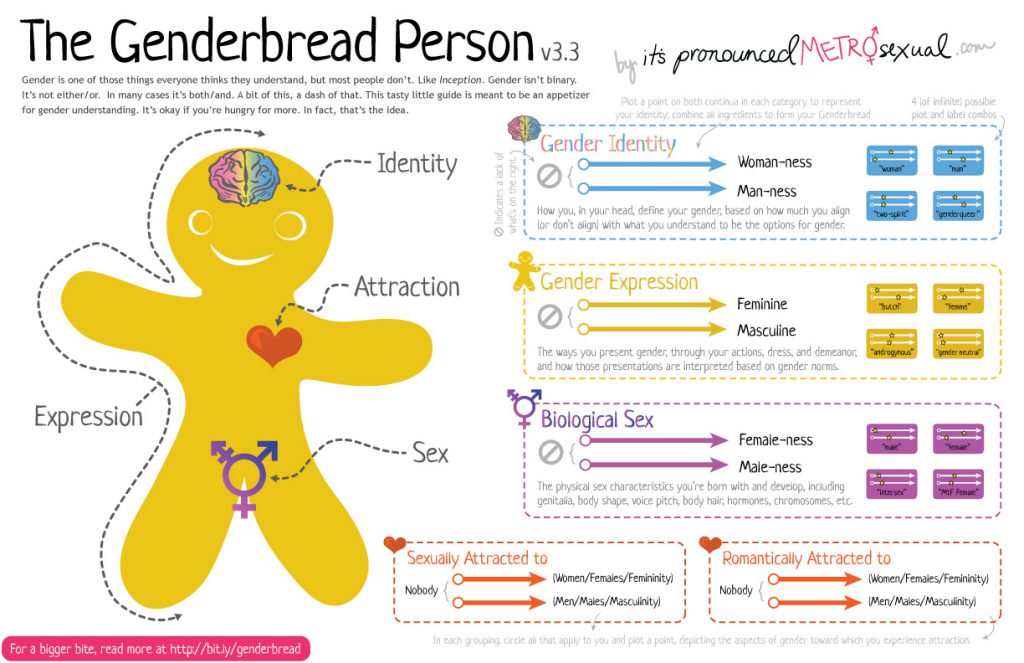Not this one, mind, but this one from Shiv.
So, without further ado, let’s dive into the latest candy-glossed hate piece to make waves in feminist discourse: “I am not a ‘cis’ Woman, I am a Woman and that Matters.”
Hands down, it’s the best counter-argument to the “E” in TERF that I’ve read.
I mean, hey, it’s taken a good ~2,400 words but now we can answer the question, “why is it wrong for cis women to have some spaces just for them to feel safe in a world where they don’t?”
It’s not wrong to want safety. However, the motivations for this trans-free “women only” space…
- Perpetrate rape culture by overstating stranger danger;
- Perpetrate rape culture by obscuring the actual tactics of serial predators;
- Assumes trans women are as likely to be violent as cis men, which is factually incorrect;
- Assumes violence is an essential property of certain persons, which is also factually incorrect–not to mention the rhetorical flourish liberally employed by white supremacists;
…all of which are complaints which have nothing to do with “trying to take away cis women’s safety.”
And all of those prior 2,400 words are well-cited and argued. I do two minor nitpicks, but the first only strengthens the argument. The second:
Please note, I have not once accused Broustra of being transphobic in this piece, nor will I.
I’ll go two steps farther. Broustra denies gender identity, via calling for the explicit exclusion of trans* women in “women-only” spaces; she shows a familiarity with TERF culture, through her Xeroxing of their ideas and arguments; and as a bonus, she is actively working to exclude trans* women, because she is campaigning for her point of view in a public forum. In my books, that makes her a TERF.
That first? I’ll post it over on Shiv’s piece as a comment, when I get a chance. So go read and bookmark her post!

